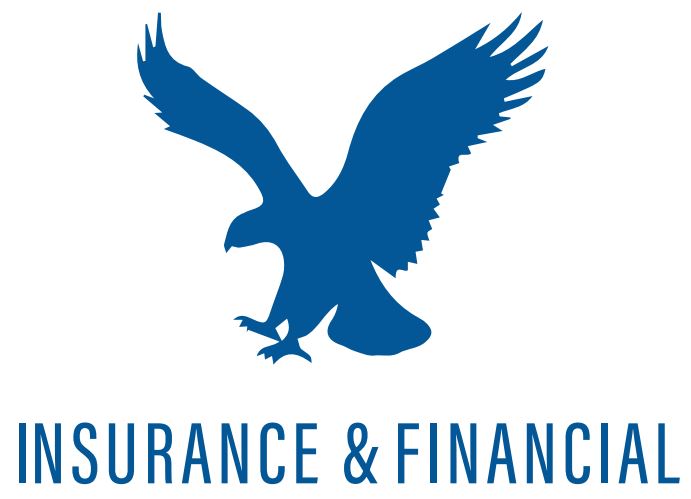Auto insurance is about much more than just protecting your investment. It’s about protecting yourself, your family and everything you’ve worked for and hold dear. That’s why in most states and even in many countries around the world, purchasing car insurance isn’t just an option – it’s mandatory. For those who aren’t yet familiar with exactly what an auto insurance policy is and how it works, here are a few of the basics to keep in mind.
What is auto insurance?
Generally speaking, car insurance provides financial protection for the policyholder, his or her vehicle and other third parties that are involved in an accident or other motor-vehicle related incident. This includes passengers, pedestrians, drivers of other vehicles and, in cases for which the vehicle is not owned outright, the bank or lender that has a lien on the property. There are also different kinds of insurance based on the vehicle in question, including truck insurance and motorcycle insurance.
What does an auto insurance policy cover?
There are four main types of coverage that can be purchased, either separately or as a package from the insurance provider. This allows the policyholder to customize their coverage to suit their specific needs and their budget. These four categories are as follows:
Collision / Comprehensive Insurance – Collision insurance covers the damage to the vehicle caused by an accident up to the book value of the car. Comprehensive coverage is applied to damages to a vehicle caused by other means, such as fire, theft or vandalism. If the cost of the damages exceeds the book value of the vehicle in question, the insurance company will pay out an amount equal to that book value.
Medical Expenses – In most states, the insured party is required by law to maintain insurance coverage that includes payments for medical expenses as a result of an incident with the vehicle. This coverage typically applies to the driver and passengers as well as other parties involved in the accident.
Liability Insurance – This type of coverage applies to property damage or injury caused to others by the insured. The coverage amount for liability insurance is typically in a fixed dollar amount pre-determined at the time the policy is chosen. For instance, the policy might provide liability coverage of up to $100,000.
Uninsured / Underinsured Vehicle Operators – Despite the fact that auto insurance is compulsory in most areas, some drivers choose to operate their vehicles without insurance. Others have some coverage, but the amount isn’t enough to cover significant damages. Uninsured / underinsured motorist insurance helps to pay for the damages or injuries that cannot be adequately covered by the driver at fault.
Specialty Auto Insurance
Beyond the four categories listed above, some drivers choose to invest in additional coverage as part of their auto insurance policies. These specialty features may include (but are not limited to):
Loss of Use – Covers the costs associated with having to rent a vehicle while the policy holder’s own vehicle is in the shop for repairs.
Loan/Lease Payoff (GAP Insurance) – Sometimes when a vehicle is damaged beyond repair (totaled), there is a gap between its market value and the outstanding balance on the lease or loan. This type of coverage pays the difference between the two so the owner isn’t out of pocket the expense.
Towing Insurance – This feature provides roadside assistance coverage for instances such as dead batteries, flat tires or a car that’s run out of gas.
Components of a Car Insurance Policy
Now that we’ve gone over the various types of damages that car insurance covers, let’s take a few moments to go over the essential components of an auto insurance policy.
Premiums – This is the amount the policyholder must pay in order to maintain current insurance coverage. These amounts will vary and are calculated as part of an auto insurance quote taking a number of circumstances into consideration, such as age, driving record and other risk factors. Premiums can be paid a number of ways, including monthly, quarterly and annually.
Deductible – This is the “shared expense” amount that the policyholder is responsible for before the insurance company will pay out a claim. For example, if a policy has a deductible of $500 and an accident occurs causing $2,000 in damages, the policy holder would pay the $500 and then the insurance company would cover the balance. Similar to coverage amounts, deductibles can vary based on preference and are pre-determined at the time the policy is purchased.
Declarations Page – This is the main document of an insurance policy which contains all of the pertinent information surrounding the coverage in question, including the insured’s name, policy number, policy period, type and amounts of coverage, premium information and the maximum dollar amount payable for a claim under each coverage, among other things.
Of course, these are just the basics of auto insurance. A great deal more detail may go into determining the type, amount, and scope of coverage you choose based on your unique situation. If you’re curious about any of these things or have other questions about auto insurance, contact us today. We’d be happy to answer your questions and provide you with a free, no obligation auto insurance quote.


